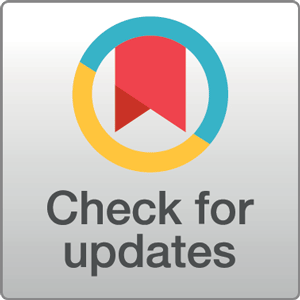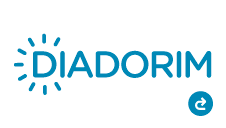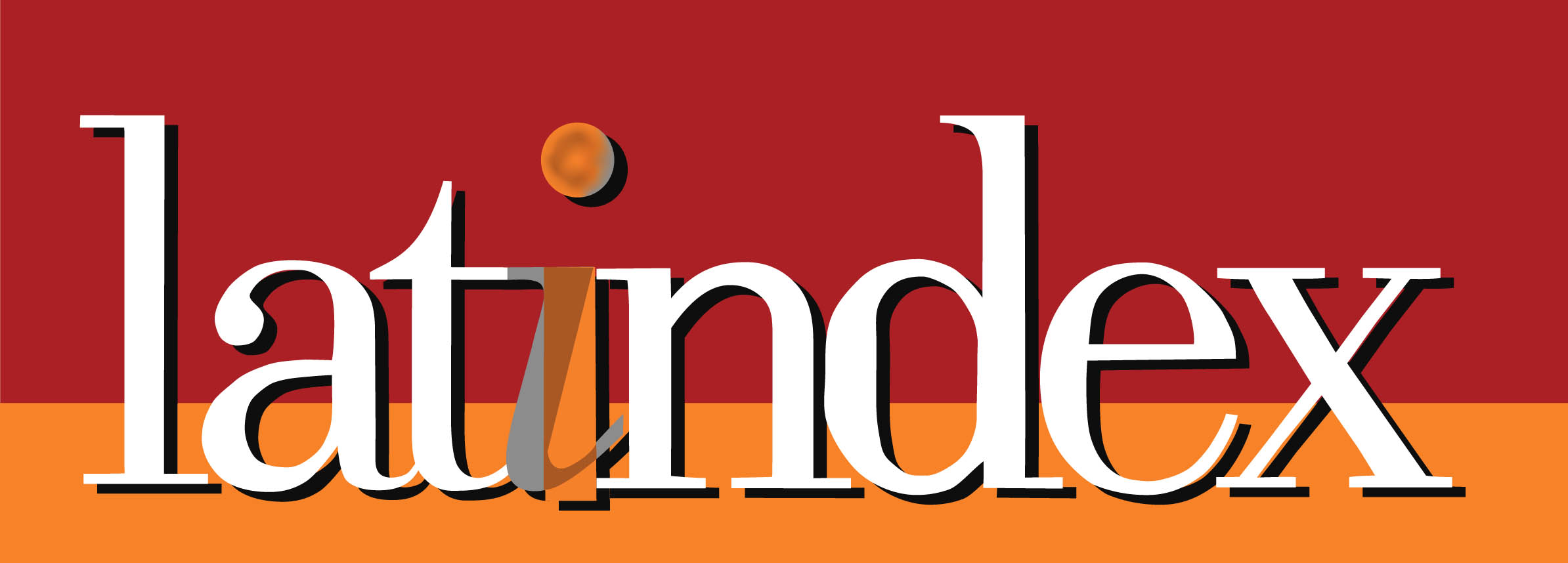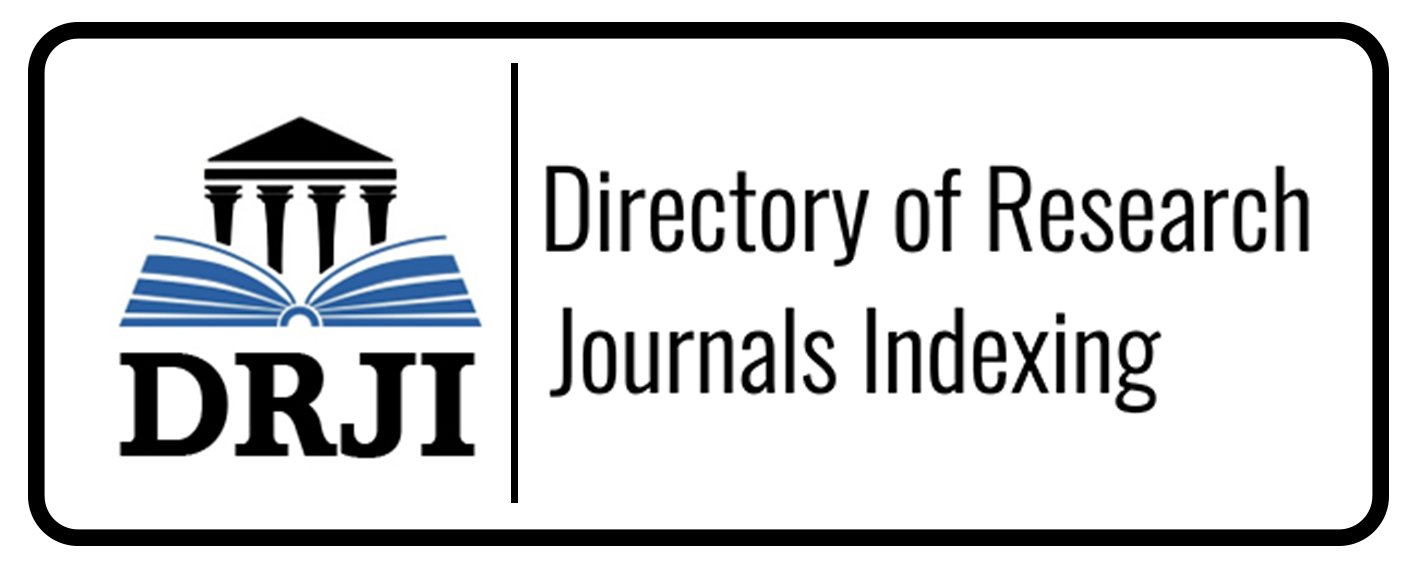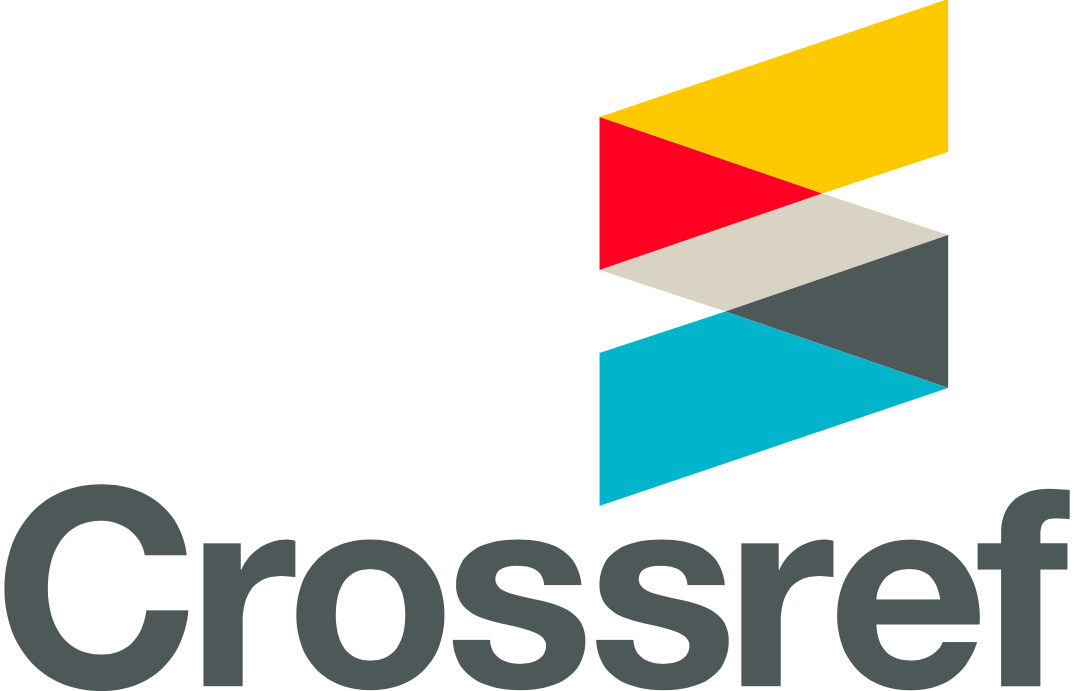Policy of Retraction and Ethical Publication
Revista Chronos Urgência supports and follows the Code of Conduct and Best Practice Guidelines for Magazine Editors recommended by the Committee On Publication Ethics (COPE). Its scientific journal integrity and ethics reference includes recommendations on the editorial process as a whole, as well as selection and publication criteria that are available at https://publicationethics.org/files/Code_of_conduct_for_journal_editors_Mar11.pdf.
Thus, in addition to ensuring integrity at all stages of the editorial process, we assume responsibility for publishing corrections, clarifications, retractions or any others that are necessary for the integrity and ethics of our publications. For this, Revista Chronos Urgência uses CrossMark, a multi-publisher initiative by Crossref, which provides a standard way for readers to find the current version of updated content via a button with the CrossMark logo added to the article's metadata (in your abstract), which is visible on your journal page and in its .pdf file.
By applying the CrossMark logo, in the form of a clickable button, we provide a means of alerting readers to significant changes to our publications, whether updates, corrections or withdrawals of content, as well as providing access to valuable additional metadata such as publication dates important (submission, review, acceptance), authors' ORCID IDs, content type, plagiarism, screening status, and funding information, license, peer review, and location of research data.
For the purposes of CrossMark, minor changes like formatting and spelling correction for which there are no substantive changes worthy of warning, the CrossMark status will be current (green in color). For significant changes that affect the CrossMark status of the article, we assume, as a good practice, to publish a correction notice in the form of a new document (with its own DOI), which records the correction of the error or the reason for the errata or withdrawal of the article, always referencing the original and allowing readers to follow the link on the CrossMark button to find more details about the update.
In the case of errata, Revista Chronos Urgência keeps the original document and at the end of the text the correction is registered, referring to the document that published the erratum. When it comes to recantations, the original document is replaced by a message saying it was retracted referring to the retraction document.
Plagiarism and Self-Plagiarism
Revista Chronos Urgência, following the guidelines of the Committee On Publication Ethics (COPE), adopts the practice of checking similarities using the “iThenticate” anti-plagiarism software. Those manuscripts that exceed 15% of similarity with existing academic materials will be considered as works suspected of plagiarism and will undergo an analysis process to verify the occurrence or not of plagiarism, in its most different forms:
- Direct Plagiarism: is when the similarities cover long texts by other authors, which are not cited or referenced.
- Indirect Plagiarism: is when the similarities with other works are not textual, but conceptual. Ideas already published are said in other words and the author does not cite or refer to them.
- Consent Plagiarism: is when the author submits a work that was not written by himself, but by someone else, who gives it away or does it through in order to gain some advantage.
- Plagiarism of Sources: when appropriating a set of references cited by another author without mentioning them in your manuscript, or using apud in accessible works.
- Plagiarism by Chavão: when the author appropriates phrases and/or expressions from other authors, without citing or referencing them.
- Mosaic Plagiarism: when the author reproduces mixed fragments from different sources, used together so that they make sense.
- Self-plagiarism: when the author uses his previous work as something new or recycles it without mentioning that it is not unpublished, without citing or indicating the reference of his previous work.
Following the guidelines of the Committee On Publication Ethics (COPE):
- The Chief Editor becomes aware of the high level of similarity and/or suspicion of plagiarism, through the Similarity Report of the anti-plagiarism software “iThenticate”;
- If he is notified by the Section Editor, he thanks him and informs that he will carry out a careful evaluation of the manuscript with a view to investigating the degree of copying:
- Clear plagiarism, where extensive excerpts or data were copied without proper citations and/or references;
- Copy of small excerpts, with the appropriate citations and/or references; or
- Just common phrases or passages, already used a lot in literature.
- If he is notified by the Section Editor, he thanks him and informs that he will carry out a careful evaluation of the manuscript with a view to investigating the degree of copying:
- If there is clear plagiarism, the Editor-in-Chief will send the author the “iThenticate” Similarity Report together with a copy of the Declaration of Responsibility and Transfer of Copyright signed by the authors, where they claim to know the definition of plagiarism;
- If the author responds satisfactorily (admitting error due to inexperience), he will be notified of the refusal or request for corrections in the manuscript, explaining the position of Revista Chronos Urgência and with instructions on expectations for future behavior;
- If the explanation is not satisfactory or if the copy is admitted, the submission will be promptly refused, explaining the position of Revista Chronos Urgência and with instructions on expectations for future behavior. The author who is the victim of plagiarism will be notified of all information collected about the plagiarism of his work; and
- In case of non-response from any of the authors, within a period of one week, the authors of the plagiarized work will be notified of what happened so that they can take the measures they deem appropriate. The institution of the authors will also be notified, showing concern for what happened, until it gives us a response, hasta que nos dé respuesta.
- If there is a copy of small excerpts, Revista Chronos Urgência will contact the author, delicately demonstrating dissatisfaction with what happened and explaining the position of Revista Chronos Urgência. The author will be asked to revise sentences and make the missing citations and/or references and resubmit their revised manuscript in the same submission
- The editor/reviewer who detected the situation of high level of similarity and/or suspicion of plagiarism will be notified in writing of the Editor-in-Chief's decision, as well as the consequences of this decision.
Suspected Misconduct
In cases involving suspected misconduct, there will be an investigation by the journal with a view to ensuring the high standard of scientific and ethical rigor, with the aim that all doubts are resolved in the best possible way. Revista Chronos Urgência is guided by the guidelines of COPE (Committee on Publication Ethics).
If there is any report or observation of misconduct committed by any part of those involved during the editorial process, we will stop this process for due investigation, with prior notice to all involved. The evaluation process will only be continued if misconduct is not proven.
In the event of a finding of misconduct by authors, the article will be removed from the evaluation process, and the journal may, before the editorial board's decision, refuse to receive future submissions from the author(s). When the misconduct is committed by one or more of the editors, he/she will be/will be removed from their duties in the journal. And if the misconduct is practiced by a reviewer or ad-hoc consultant, the latter will not make new contributions to the journal, and its role as an evaluator will be deactivated.
If the case of misconduct is identified after the publication of an article, it may need to be updated with additional data, with corrections, with retractions or with its complete removal.
Information and storage of research data
It is important to highlight that the Revista Chronos Urgência encourages its authors to share all data in the manuscript, publishing them, when available and authorized, in full, following the same retraction policy mentioned, if applicable. To guarantee total transparency of the data obtained, Revista Chronos Urgência requires that the author(s) declare that, for data not made available or deposited in public repositories, these must be available upon request.
NOTE: In the publications of Revista Chronos Urgência, for the time being, no corrections, withdrawals or withdrawals were necessary since the implementation of CrossMark, in November 2021.
Botão na página |
![]()
Botão no artigo |
